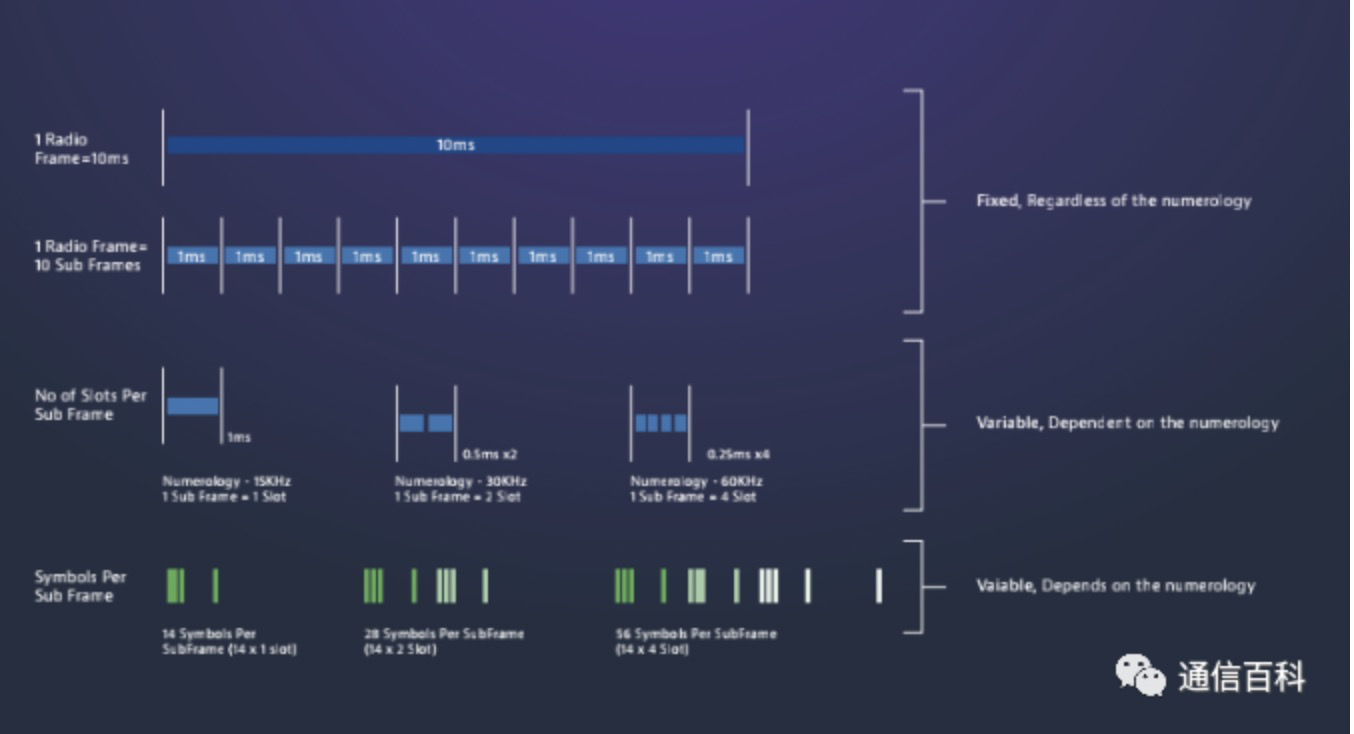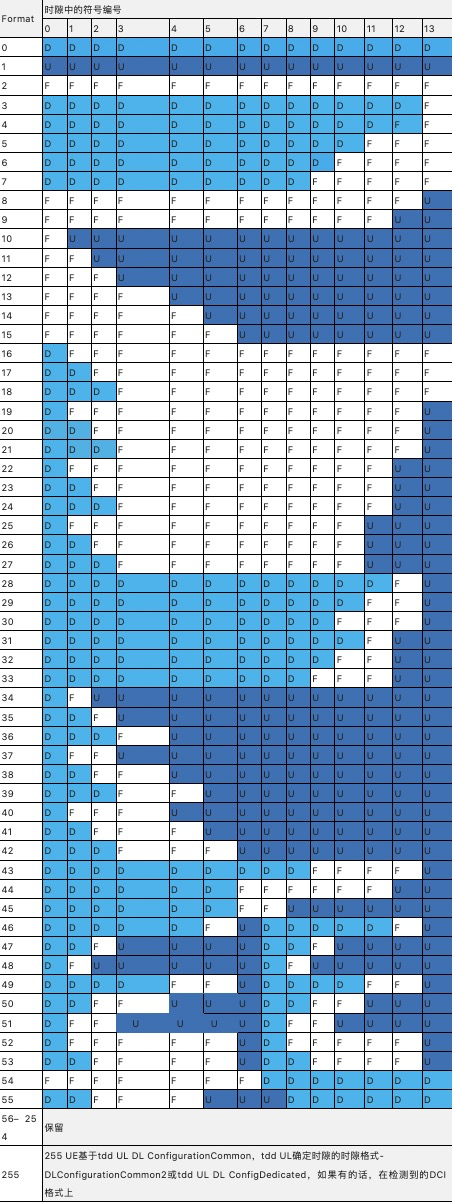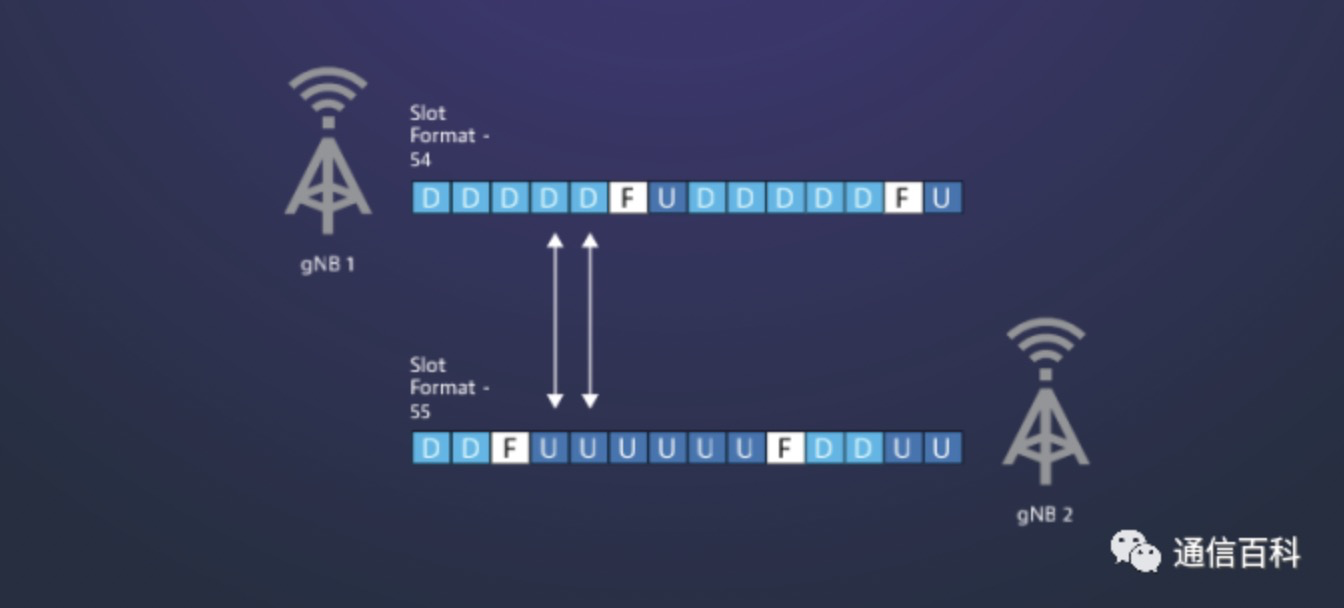Why is C-band spectrum important for 5G?

1. foreword
Synchronization is one of the most critical functions of a communication system. However, in the context of 5G, especially for time division duplexing (TDD) where uplink and downlink transmissions are on the same frequency, the potential for interference is much greater. As a result, we see tighter timing and synchronization requirements for TDD-LTE and 5G-NR.
2. Spectrum trade-offs
Not all radio spectrum has the same performance. For example, sub-1GHz provides the best coverage, however, there is a limited amount of low-band spectrum available. Frequency Range 2 (FR2), i.e. greater than 6GHz, provides a large amount of spectrum with a very wide bandwidth (up to 400MHz) but limited coverage.
In fact, it's an excellent wireless channel with gigabit throughput, but coverage is limited to a few hundred feet. The C-band spectrum is part of Frequency Range 1 (FR1), also known as intermediate spectrum, which offers a good compromise between coverage and high throughput. As part of 3GPP Release 15, three bands n77, n78 and n79 were identified for C-band 5G operations with potential service bandwidths up to 100MHz. See Table 1.

Table 1-C-Band Spectrum
With 100MHz of bandwidth, the C-band can truly enable the enhanced mobile broadband (eMBB) use case of 5G. It should be noted that the C-band only provides time division duplex (TDD). TDD provides a full-duplex communication channel over a half-duplex communication link. This means that the transmitter and receiver use the same frequency, but send and receive traffic at different times by using synchronized time intervals. Advances in digital signal processing and hardware computing speed allow TDD operation, but it does pose some challenges. Let's review the advantages of TDD and some timing and synchronization requirements to ensure that it can provide RF quality of service similar to Frequency Division Duplex (FDD).
From a spectral efficiency standpoint, TDD is a more attractive option as it only requires an unpaired spectrum to operate, which is beneficial given the scarcity of frequency resources. Furthermore, TDD is more robust depending on physical layer characteristics (such as massive MIMO, beamforming, and precoding) of channel state information (CSI) measurements in the uplink due to channel reciprocity. This article is organized and published by the public account of [Communication Encyclopedia]
While TDD brings spectral efficiency, it also brings a key challenge: timing and synchronization. Since downlink (DL) and uplink UL share the same spectrum, strict timing constraints need to be imposed on TDD systems to avoid interference. This article is organized and published by the public account of [Communication Encyclopedia]
3. TDD slot format
Like LTE, 5G radio frames have a fixed duration of 10ms, and each radio frame contains 10 subframes. It differs from LTE in that in 5G-NR the slot and symbol durations depend on their number. see picture 1.

Figure 1-5G NR time slot and subcarrier spacing
As the subcarrier spacing changes, so does the number of slots and symbols per subframe. For example, 15KHz has a subframe of 1ms duration, which is equal to a slot with 14 symbols. For 30KHz subcarrier spacing, one subframe is equal to 2 slots, each slot has a duration of 0.5ms, 28 symbols, and so on (for normal cyclic prefix).
For different types of services, eg Ultra Reliable Low Latency Communication (URLLC) vs eMBB, service providers may decide to use different slot and frame configurations. Release 15 of 3GPP 38.213 defines 56 slot formats (Table 2), each slot format is a predefined pattern of Downlink/Flexbile/Uplink uplink symbols during a slot. The table below provides a quick reference.

Table 2 - Slot format for common cyclic prefix
These formats allow flexible applications to be supported on 5G Node B (gNB), for example, DL heavy traffic with UL part can implement Format 28.

Figure 2 - Two networks with asynchronous slot format
Of course, this also poses challenges if two networks offering different types of services are adjacent. Even if they are synchronized in time, their slot formats are not synchronized, which can cause interference.